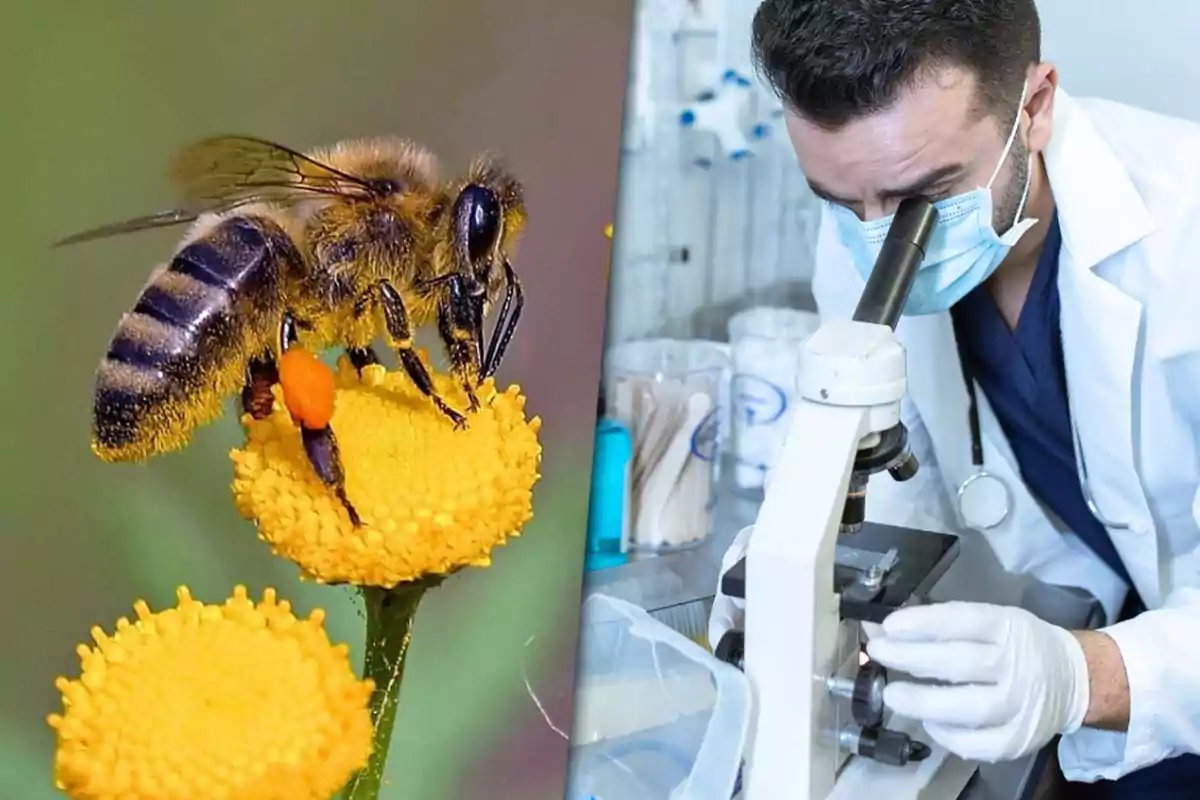
Researchers discover that bee venom may have a therapeutic use against cancer
A study revealed that bee venom could be used for therapeutic purposes
An international study found that apitoxin, bee venom, affects the functioning of the vascular system.
The finding opens new possibilities for its use in therapeutic treatments, although it also warns about its risks.
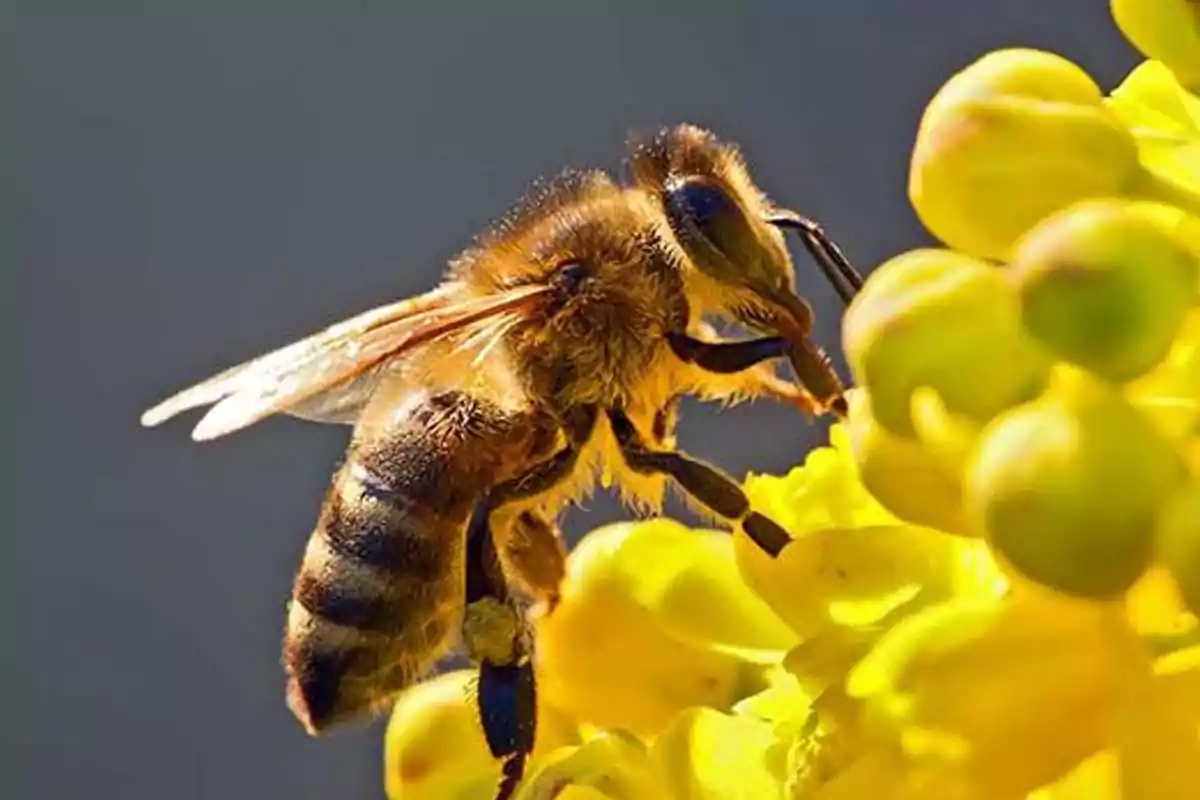
What did the research reveal about bee venom?
The work was led by Universitat Autònoma de Barcelona (UAB) and published in Toxicological Sciences, a journal of the Society of Toxicology of the United States.
The team found that the venom can be harmful to blood vessel cells, as it reduces their ability to dilate.
Possible medical applications
Despite the negative effects, the study also indicates that apitoxin could be useful in diseases in which veins and arteries do not function properly.

The tests were carried out both in human cells and in animal models.
Who participated in the study?
The team was coordinated by Francesc Jiménez Altayó from UAB. The study included experts from Universitat de Barcelona and Universidad de La Habana.
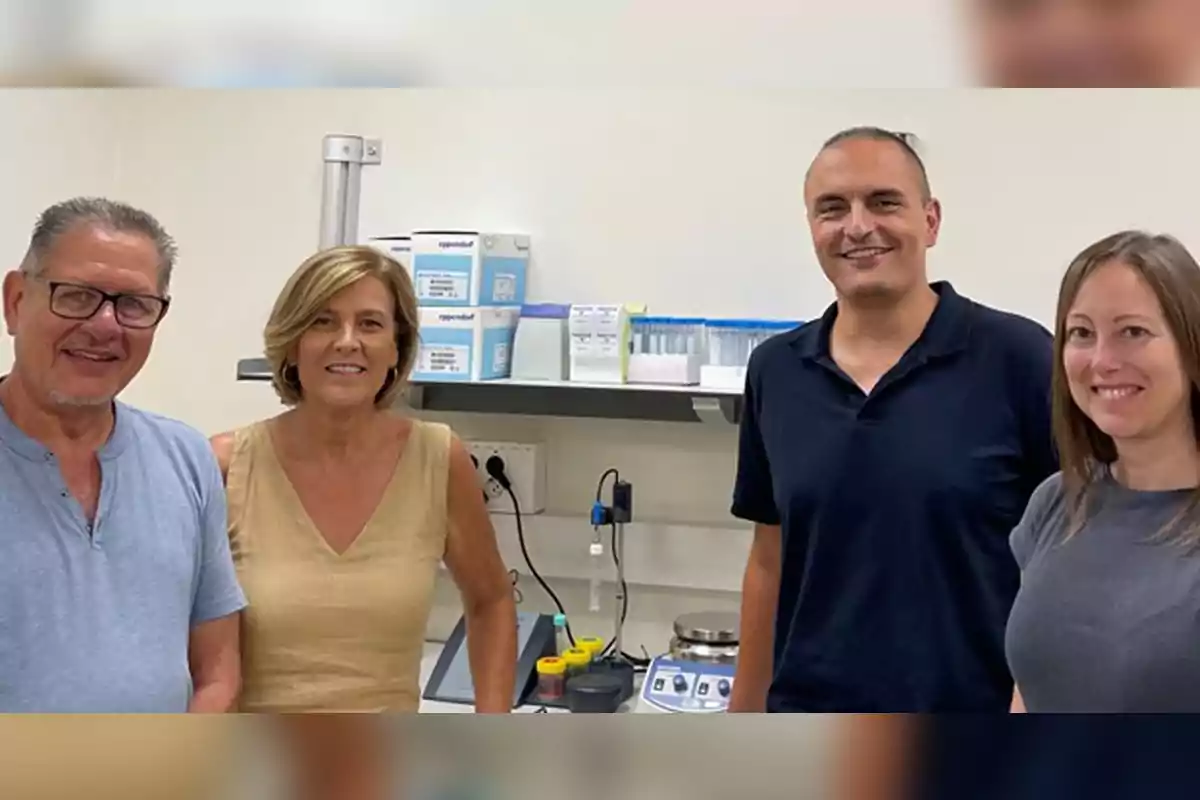
Researchers from Instituto de Salud Carlos III also collaborated, through the Cibercv and Ciberned centers.
What is melittin?
Apitoxin is composed of several bioactive molecules. The most important is melittin, which accounts for almost 44% of the total.
This component has known effects on the cardiovascular system, but its clinical application still faces limitations due to safety concerns.
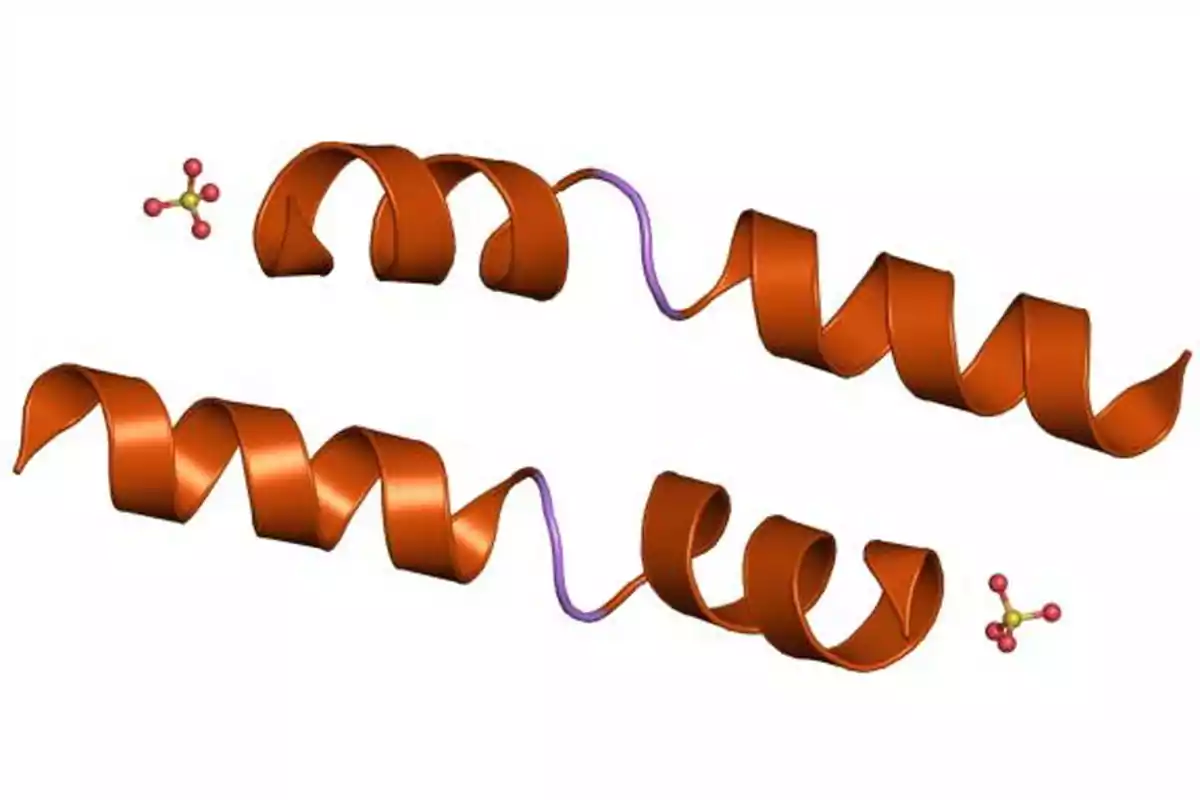
Risks associated with bee stings
- Anaphylactic shock
- Kidney failure
- Cardiovascular damage after multiple stings
The study analyzed how both apitoxin and melittin act on human cells and mouse arteries, revealing a negative impact on vascular relaxation capacity.
What risks were detected in vulnerable people?
According to Jiménez Altayó, the negative effects were observed with doses similar to those of multiple stings.
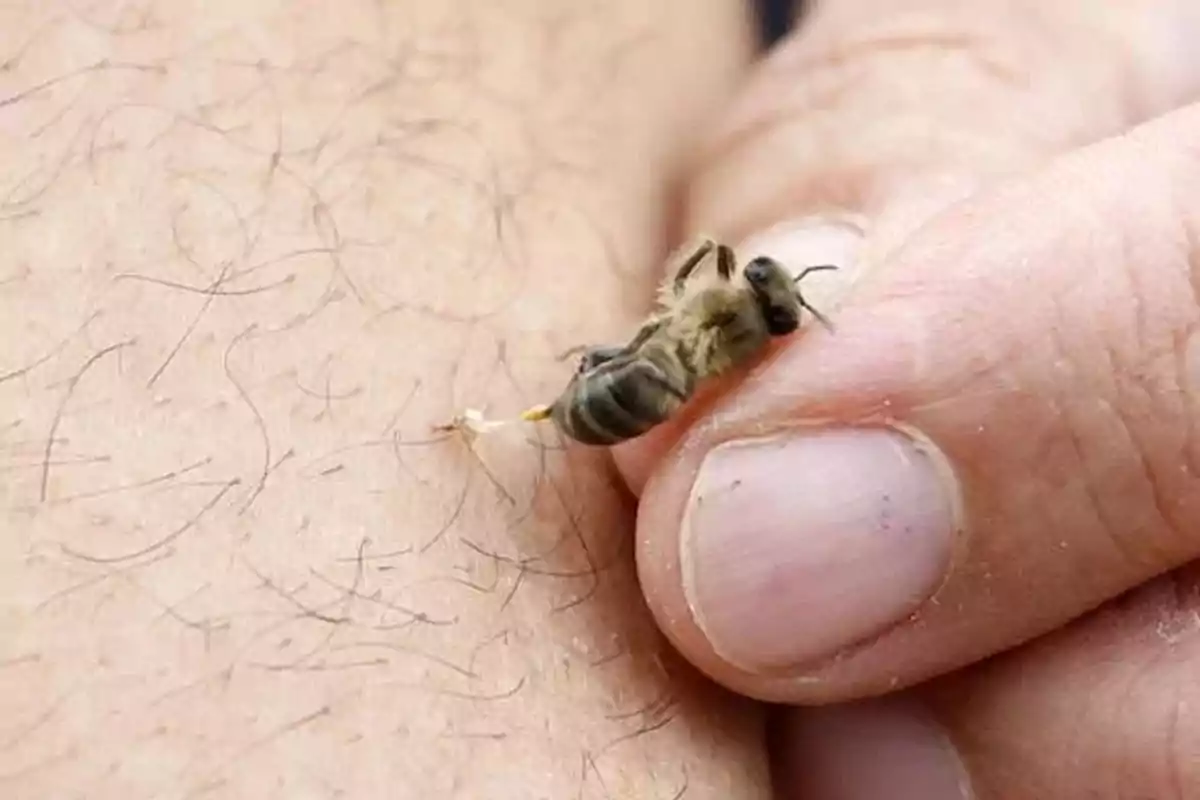
However, people with greater sensitivity could experience damage even with a smaller amount of venom.
Can venom be used to treat cancer?
Scientists also analyzed how apitoxin affects nitric oxide, a molecule that regulates the dilation of blood vessels.
In some cases, this alteration could be used to interfere with the blood supply to certain tumors, affecting their growth or their response to treatments.
More posts: